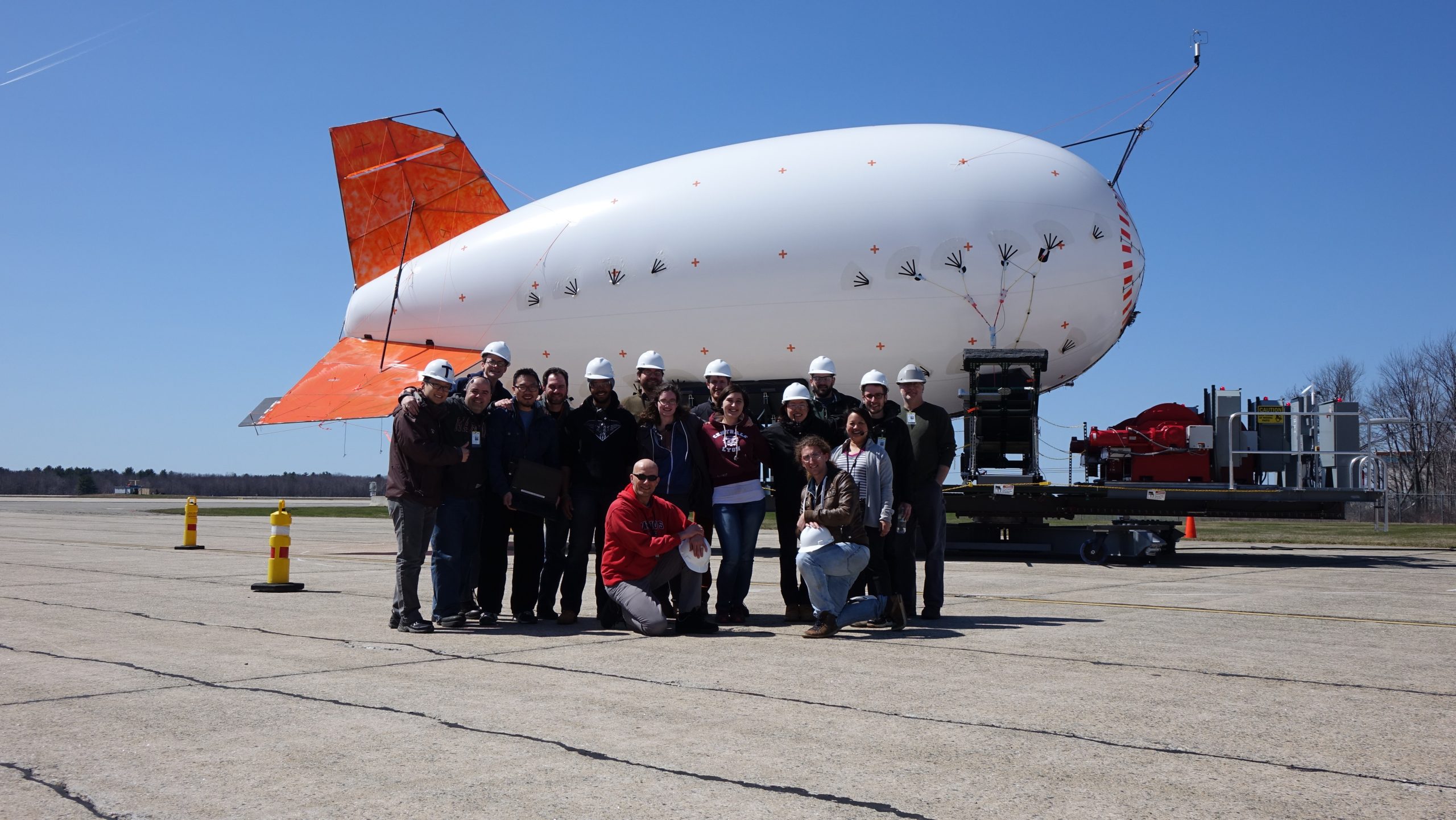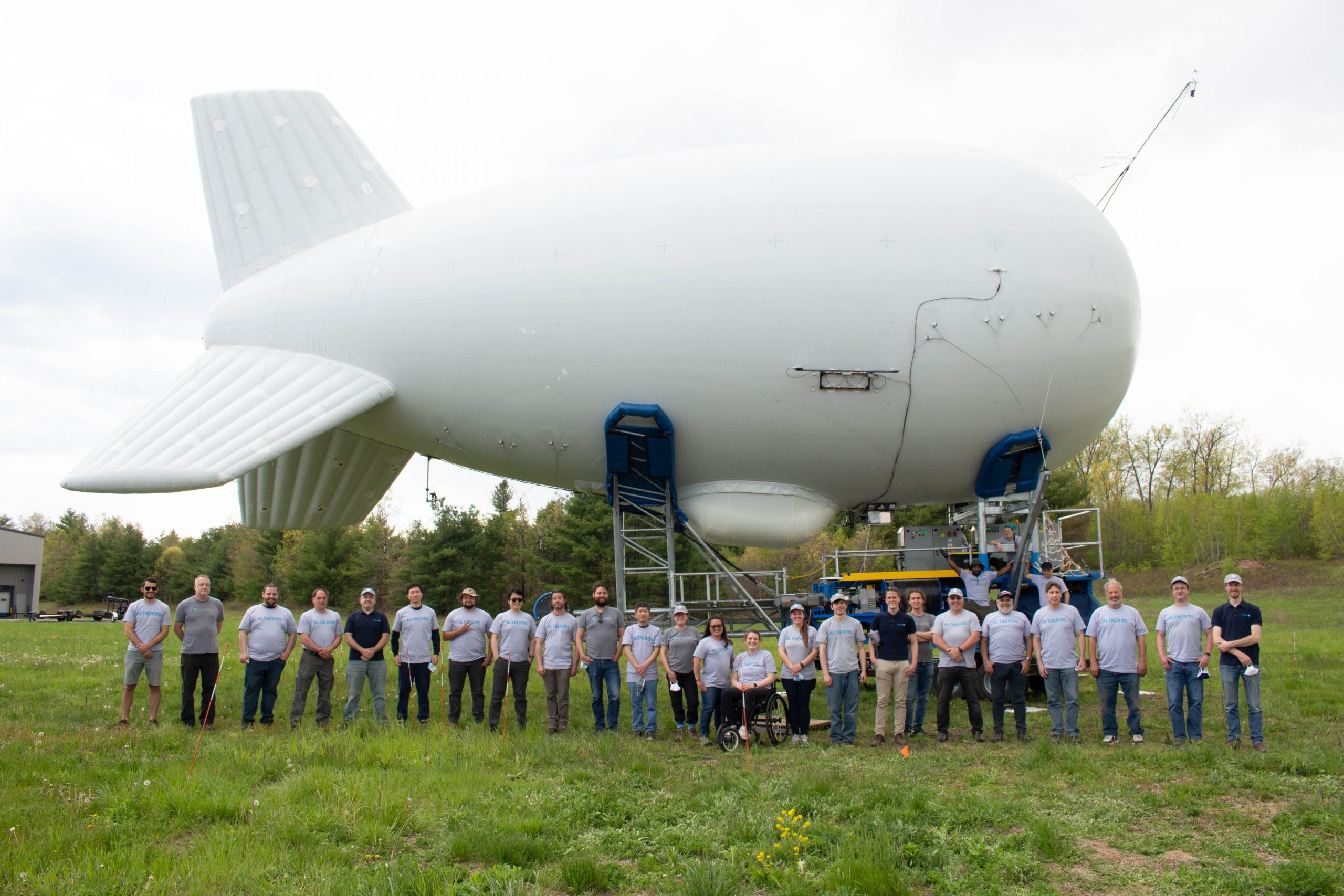Nba Live
Nba Live
Discover What Was the First Equipment Used in Basketball and Its Surprising Origin Story
Nba Live
You know, it's funny how we often take for granted the equipment used in sports today. As someone who's spent years studying sports history and even worked with athletic equipment manufacturers, I've developed a real appreciation for how humble beginnings can shape entire sports ecosystems. When I first started researching basketball's origins, I expected to find straightforward answers about the first equipment used. What I discovered instead was a story so surprising it reminded me of modern athletic narratives - like the recent situation with Stamp's injury delaying her World Title match in the ONE Women's Atomweight MMA World Grand Prix. Sometimes, the most anticipated moments in sports history get delayed, whether we're talking about 1891 or 2023.
The very first basketball game ever played used what might shock modern fans - a soccer ball and two peach baskets. I've always found this charmingly primitive when you consider today's high-tech basketballs that cost over $200 each. Dr. James Naismith, who invented the game in December 1891 at the International YMCA Training School in Springfield, Massachusetts, had to work with what was available. He needed something to throw the ball into, and the school janitor offered peach baskets that were originally used for storing peaches. These weren't your modern basketball hoops by any stretch - they still had bottoms, which meant someone had to manually retrieve the ball after each score. Can you imagine the pace of those early games? Players would make a basket, then wait for the janitor to bring out a ladder to fetch the ball. It wasn't until about a year later that someone finally had the brilliant idea to cut the bottoms out.
What fascinates me personally is how these makeshift beginnings shaped the entire development of the sport. The soccer ball used in that first game was nothing like the specialized basketballs we have today. It was larger, heavier, and much less predictable in its bounce. I've had the opportunity to handle replicas of these early balls, and let me tell you, they're awkward compared to modern basketballs. The transition to proper basketballs began around 1894, when a company called Overman Wheel Company introduced the first dedicated basketball. These early specialized balls consisted of four panels of leather stitched together with a rubber bladder inside, a design that would evolve over decades into the eight-panel balls we recognize today.
The peach baskets themselves present what I consider one of the most charming aspects of basketball's origin story. They were mounted on a balcony that happened to be exactly 10 feet high, which is why basketball hoops remain at that height today - one of those happy accidents that became permanent. The baskets were used for several years before open-ended nets were introduced around 1893. I've always thought there's something beautifully simple about how necessity drove these early equipment choices. There were no focus groups or marketing studies - just a creative physical education instructor solving a problem with whatever materials were at hand.
The evolution from those peach baskets to modern equipment tells a story of continuous innovation. The first metal hoops with backboards didn't appear until around 1906, and even then, they were often mounted to balconies rather than having dedicated poles. The backboards themselves emerged partly to prevent spectators in those balconies from interfering with shots - an early example of equipment evolving in response to practical challenges during games. I'm particularly fond of the glass backboard innovation that came much later, around the 1940s, which completely transformed both the spectator experience and how players could use the backboard strategically.
When I think about basketball's equipment journey, it strikes me how similar it is to modern sports narratives where timing and circumstance alter destinies. Much like how Stamp's injury delayed her anticipated World Title match, basketball's equipment evolution faced its own delays and unexpected turns. If that school janitor hadn't suggested peach baskets, or if Naismith had access to different equipment, the entire sport might have developed differently. The 18 players in that first game probably never imagined they were participating in what would become a global phenomenon played with incredibly sophisticated equipment.
The most significant shift in early basketball equipment came with the introduction of the dribble, which only became possible as ball design improved. Those early soccer balls weren't designed for bouncing, which is why the original 13 rules of basketball didn't include provisions for dribbling at all. Players would simply pass the ball to advance it up the court. It wasn't until better balls were developed that dribbling became part of the game around 1897. This transformation in equipment directly enabled the fast-paced game we know today. I've always believed that understanding this history makes you appreciate the sport differently - every bounce of the modern basketball represents over a century of refinement.
Looking at today's basketball equipment market, which generates approximately $4.3 billion annually globally, it's remarkable to trace everything back to those simple peach baskets. The specialized shoes, the moisture-wicking uniforms, the engineered flooring - none of this existed in 1891. Yet the essential concept remains the same: get the ball through the hoop. There's something beautifully consistent about that, despite all the technological advances. In my consulting work with equipment manufacturers, I often reference this origin story to remind them that sometimes the simplest solutions are the most enduring.
What I take away from basketball's equipment origin story is that great innovations often come from constraints. Naismith didn't have a massive budget or specialized suppliers - he had a gymnasium, some soccer balls, and peach baskets. Yet from these humble beginnings emerged one of the world's most popular sports. The unexpected delays in equipment evolution - much like the delayed match between Stamp and her friend - ultimately contributed to the sport's rich history and development. Sometimes the waiting and the working with what you have leads to better outcomes than anyone could have planned. The next time you watch a basketball game, take a moment to appreciate that peach basket origin story - it's one of sports history's most delightful surprises.
Discover 10 Compelling Reasons Why Basketball Is the Best Sport for Everyone
I remember the first time I stepped onto a basketball court - the squeak of sneakers on polished wood, the satisfying thud of the ball bouncing in rhythm wit


Family Playing Basketball: 10 Fun Activities to Strengthen Your Bond
As I watch my own family gather in the driveway for our weekly basketball game, I can't help but reflect on how this simple activity has become our most cher
